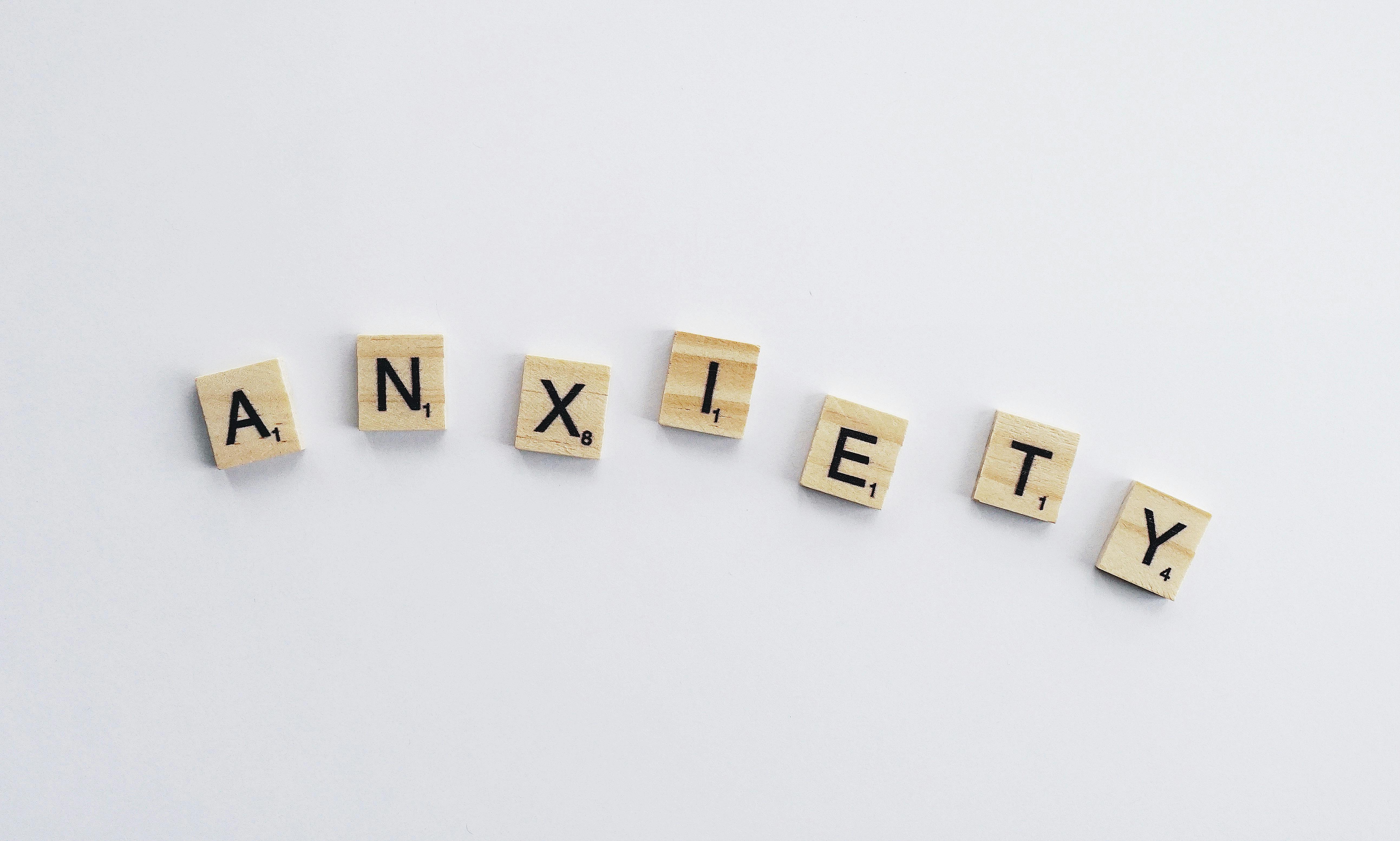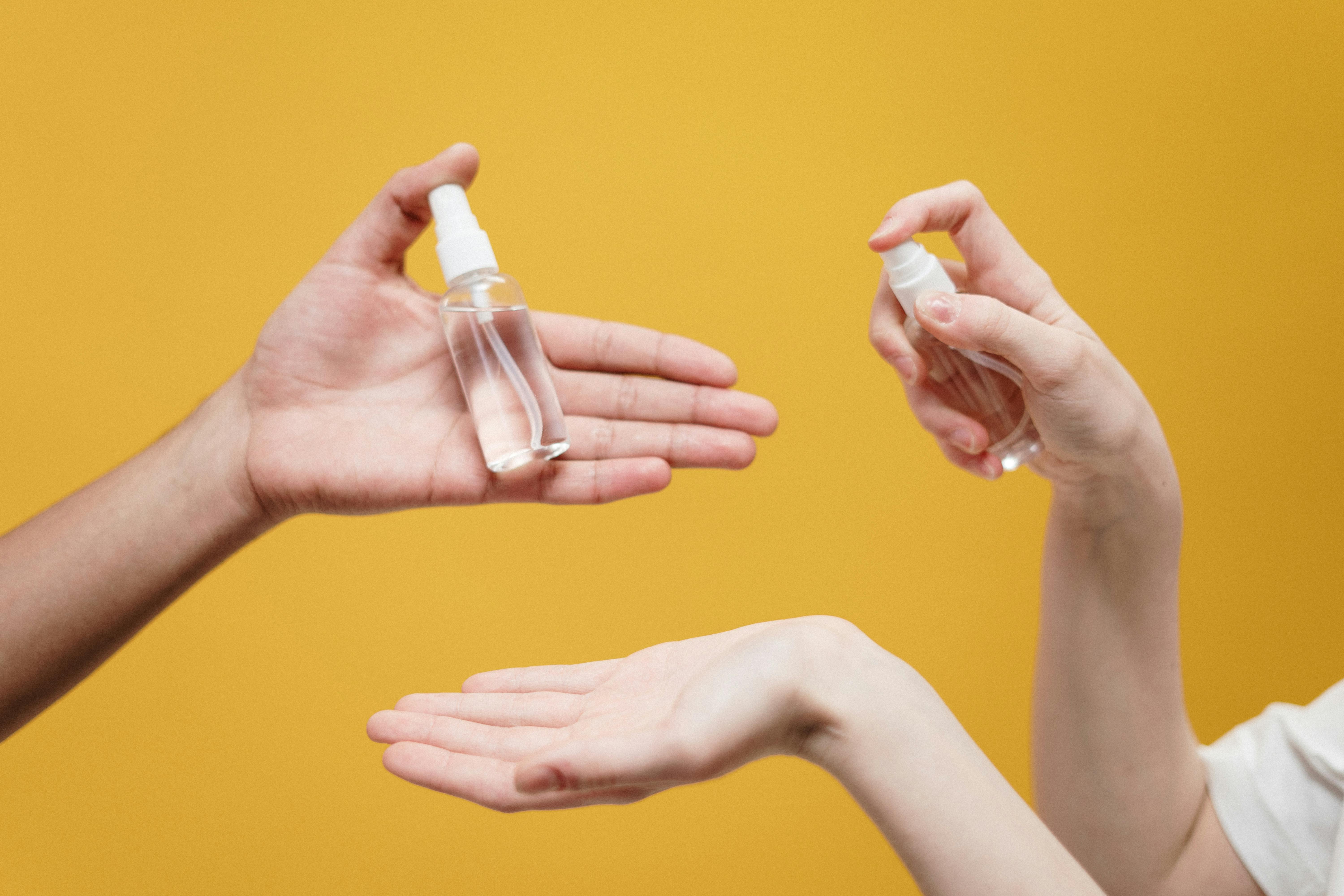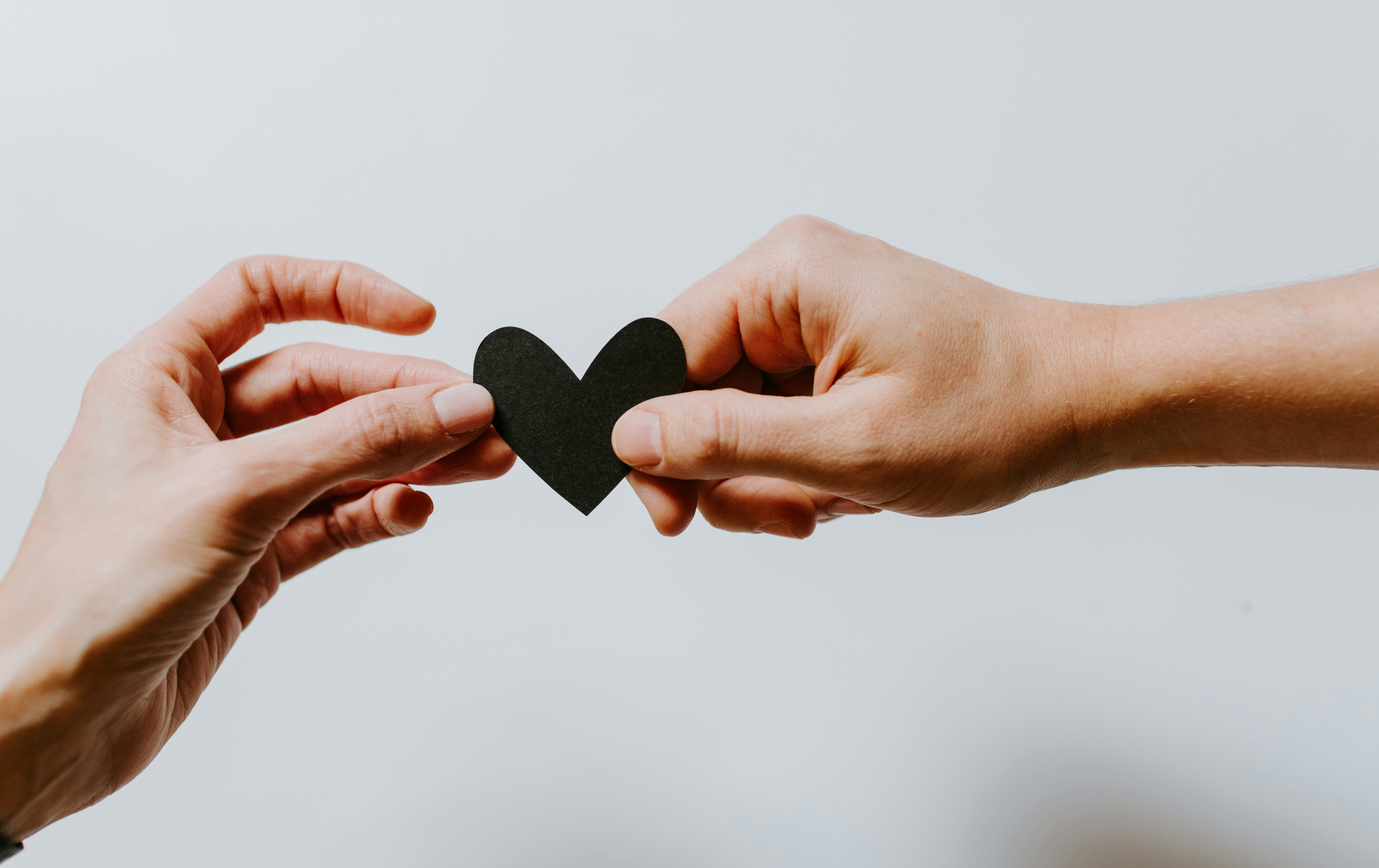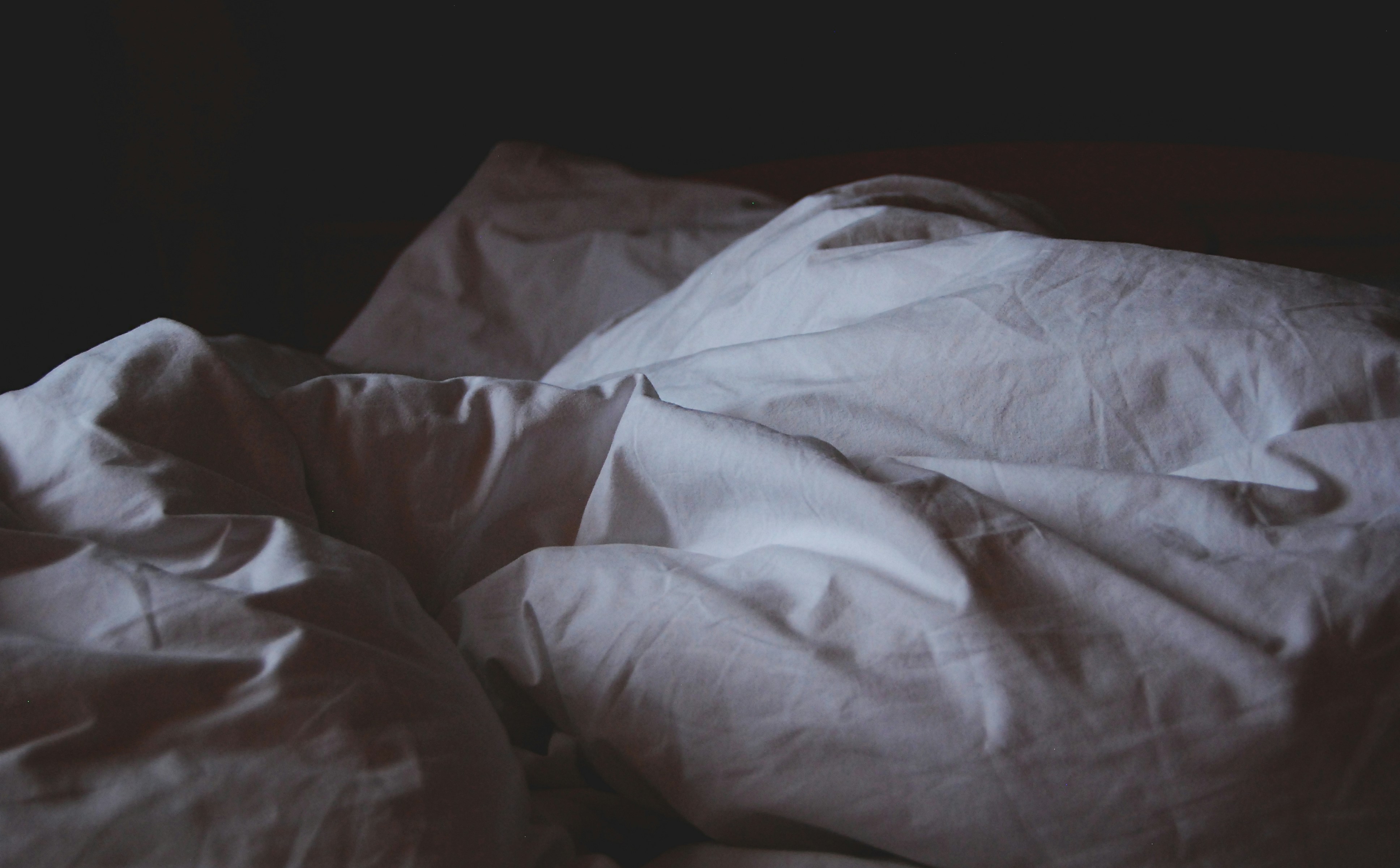Let’s be honest: anxiety is a formidable adversary. It’s that uninvited guest that disrupts your mental peace, turning your thoughts into chaos and your body into a bundle of nerves. If you’re nodding along, thinking, “That sounds familiar,” then you’re in the right place. We’re about to embark on an enlightening journey through the world of anxiety relief, and I promise it’ll be more engaging than your last bout of worry.
The Anxiety Epidemic: You’re Not Alone
First and foremost: you’re not losing your grip on reality, and you’re definitely not alone. Anxiety has become so prevalent, it’s practically a modern-day phenomenon. According to the World Health Organization, an astonishing 301 million people worldwide were grappling with an anxiety disorder in 2019. And then 2020 arrived, bringing with it a whole new set of challenges.
Despite anxiety being more common than unreliable internet connections, people still often feel isolated in their struggle. It’s akin to being in a crowded room where everyone’s pretending they’re completely at ease, while internally, they’re all experiencing varying degrees of discomfort.
So, let’s break down this anxiety phenomenon, shall we?
Anxiety: The Uninvited Guest in Your Mind
Anxiety isn’t just your typical worry about everyday concerns (although those can be bothersome too). It’s a complex interplay of biological, psychological, and environmental factors that decides to make its presence known at the most inopportune moments.
The National Institute of Mental Health reports that approximately 19.1% of U.S. adults dealt with an anxiety disorder in the past year. That’s nearly one in five people walking around with their internal alarm systems in overdrive. It’s as if everyone’s starring in their own personal suspense film, but without the satisfying resolution at the end.
Anxiety manifests in various forms, each with its own unique characteristics:
- Generalized Anxiety Disorder (GAD): The overachiever of anxiety disorders. It’s not content worrying about one thing; it wants to worry about everything.
- Panic Disorder: When your body decides that what you really need is to feel like you’re experiencing a medical emergency for no apparent reason.
- Social Anxiety Disorder: When your mind convinces you that everyone in social situations is scrutinizing your every move.
- Specific Phobias: When your fear of certain objects or situations goes from a quirky personality trait to a defining feature of your daily life.
- Obsessive-Compulsive Disorder (OCD): The “check the lock multiple times” club. Not as entertaining as it might sound.
While each type has its own unique attributes, they all share common threads of excessive worry, fear, and physical symptoms that can make daily life feel like a constant uphill battle. But fear not, for we’re about to explore some effective strategies to combat these mental intruders.
Natural Remedies: Harnessing the Power of Nature
Before we dive into the solutions, let’s establish one thing: there’s no shame in seeking medical treatment for anxiety. If medication helps keep your anxiety at bay, that’s perfectly valid. But for those looking to explore natural alternatives (or complement their existing treatment), we’re about to venture into some green pastures of anxiety relief.
A 2019 study in the Journal of Clinical Medicine found that 43% of people with anxiety disorders are turning to some form of complementary or alternative medicine. That’s almost half of individuals dealing with anxiety saying, “Perhaps there’s something to this natural remedy approach.” So, let’s explore some options that don’t require a prescription (although they might require a trip to your local health food store or a comfortable spot in your home).
1. Mindfulness Meditation: The Art of Mental Presence
You might be thinking, “Meditation? Isn’t that for monks and yoga enthusiasts?” Not at all! It turns out that this ancient practice has very modern applications, especially when it comes to managing anxiety.
A meta-analysis published in the Journal of Psychiatric Research examined 39 studies and found that mindfulness-based interventions significantly reduced symptoms of anxiety. That’s right, dedicating time to sit quietly and focus on your breath can actually make a measurable difference in how you feel.
How to Practice Mindfulness Meditation:
Start small. Even five minutes a day can make a difference. Find a comfortable spot, close your eyes, and focus on your breath. When your mind inevitably wanders (and it will), gently bring your attention back to your breathing. No judgment, no frustration. It’s like training a puppy – it takes time and patience, but the results are worth it.
Pro tip: Consistency is key. A study in the journal Psychiatry Research found that just 8 weeks of daily meditation practice led to decreased anxiety and increased gray matter in brain regions related to emotion regulation. It’s like a workout for your brain, minus the need for fancy equipment or a gym membership.
There are numerous apps available to help you get started, such as Headspace or Calm. They’re like having a meditation instructor in your pocket, ready to guide you whenever you need a moment of zen.
2. Herbal Remedies: Nature’s Anxiety Antidotes
Herbs aren’t just for culinary adventures. As it turns out, some of them can be powerful allies in the fight against anxiety. Let’s explore nature’s medicine cabinet:
- Chamomile: This humble flower isn’t just for teatime anymore. A study in the Journal of Clinical Psychopharmacology found that long-term chamomile use significantly reduced moderate-to-severe symptoms of generalized anxiety disorder (GAD). So, the next time you’re feeling frazzled, consider brewing yourself a cup of chamomile tea. It’s like a warm hug for your nervous system.
- Lavender: Known for its soothing aroma, lavender has more to offer than just a pleasant scent. Research published in Phytomedicine showed that an oral lavender oil preparation was as effective as lorazepam (a common anti-anxiety medication) in adults with GAD. It’s a natural way to find some calm, with the added bonus of smelling wonderful.
- Ashwagandha: This herb with a tricky name has been a staple in Ayurvedic medicine for centuries. A 2019 study in the journal Medicine found that ashwagandha root extract significantly reduced anxiety levels compared to placebo. It’s like yoga in supplement form, minus the need for flexibility.
Safety note: While these herbs can be beneficial, it’s crucial to remember that natural doesn’t always mean risk-free. Always consult with a healthcare provider before starting any herbal regimen, especially if you’re taking other medications. The goal is to find harmony, not create new complications.
3. Exercise: The Physical Path to Mental Calm
When you’re feeling anxious, the thought of putting on workout clothes and getting active might seem daunting. But hear me out: exercise isn’t just good for your physical health; it’s a powerful tool for mental well-being too.
A large-scale study published in Frontiers in Psychiatry found that people who exercised regularly were 25% less likely to develop an anxiety disorder over a five-year period. That’s right, your yoga mat or running shoes might be more effective anxiety shields than you realized.
What type of exercise works best? The good news is, almost any form of exercise can help. It’s like a buffet of anxiety-busting options:
- Aerobic exercise: A meta-analysis in the journal Depression and Anxiety found that aerobic exercise significantly reduced anxiety symptoms. Whether you prefer running, swimming, or dancing in your living room, you’re doing your brain a favor.
- Yoga: A 2016 study in the journal Complementary Therapies in Clinical Practice found that yoga practice reduced anxiety scores by 26% in women with anxiety disorders. It’s a chance to stretch your body and relax your mind simultaneously.
- Strength training: Research published in Sports Medicine showed that resistance training significantly reduced anxiety symptoms, regardless of health status, total prescribed volume, or session duration. So, lifting weights can lift your mood too.
Pro tip: Aim for at least 150 minutes of moderate-intensity exercise or 75 minutes of vigorous-intensity exercise per week, as recommended by the World Health Organization. But remember, any movement is better than no movement. Even a short walk can be a step in the right direction for your mental health.
Anxiety-Busting Exercises: Immediate Relief Strategies
Sometimes, you need anxiety relief faster than you can say “panic attack.” Don’t worry, I’ve got you covered. Here are some quick exercises you can do anytime, anywhere, without drawing undue attention to yourself.
1. The 4-7-8 Breathing Technique: Respiratory Relaxation
This powerful breathing exercise, developed by Dr. Andrew Weil, can help calm your nervous system remarkably quickly. Here’s how to do it:
- Exhale completely through your mouth, making a whoosh sound.
- Close your mouth and inhale quietly through your nose to a mental count of 4.
- Hold your breath for a count of 7.
- Exhale completely through your mouth, making a whoosh sound to a count of 8.
- This is one breath. Now inhale again and repeat the cycle three more times for a total of 4 breaths.
A study published in the Journal of Emergency Medicine found that this type of rhythmic breathing can significantly reduce anxiety levels in as little as 5 minutes. It’s like a reset button for your nervous system.
2. Progressive Muscle Relaxation (PMR): Tension Release
PMR is a technique that involves systematically tensing and then relaxing different muscle groups in your body. A meta-analysis published in the Journal of Clinical Psychology found that PMR was effective in reducing anxiety symptoms across various populations.
How to practice PMR:
- Start with your toes. Tense them for 5 seconds, then relax for 30 seconds.
- Move up to your calves, thighs, glutes, abdomen, arms, and finally your face.
- Focus on the sensation of relaxation as you release each muscle group.
By the end of this exercise, you should feel a noticeable difference in your overall muscle tension and, consequently, your anxiety levels.
3. Grounding Techniques: The 5-4-3-2-1 Method
This technique can help you stay present and manage anxiety by engaging your five senses. It’s particularly useful when you feel disconnected from your surroundings or overwhelmed by anxious thoughts.
Here’s how it works:
- Name 5 things you can see
- Name 4 things you can touch
- Name 3 things you can hear
- Name 2 things you can smell
- Name 1 thing you can taste
A study in the Journal of Clinical Psychology found that grounding techniques like this one can significantly reduce symptoms of anxiety and panic. It’s a simple yet effective way to anchor yourself in the present moment and break the cycle of anxious thoughts.
The Gut-Brain Connection: Nutritional Approaches to Anxiety Management
What you eat can have a significant impact on your anxiety levels. The connection between your gut and your brain is more than just an old wives’ tale – it’s backed by science. Let’s explore some dietary strategies that can help manage anxiety:
- Omega-3 fatty acids: These essential fats are the overachievers of the nutrient world. A meta-analysis published in JAMA Network Open found that omega-3 supplementation was associated with significant reductions in anxiety symptoms. Foods rich in omega-3s include fatty fish (like salmon, mackerel, and sardines), flaxseeds, and walnuts. Consider it brain food in the most literal sense.
- Probiotics: Your gut and brain are in constant communication, and probiotics can help keep this conversation positive. A review in the journal General Psychiatry found that regulating intestinal microbiota through probiotic and non-probiotic food and supplements may be effective in reducing anxiety. So that yogurt you’re eating isn’t just good for your digestive system – it might be benefiting your mental health too.
- Complex carbohydrates: These foods can increase the production of serotonin, a neurotransmitter that has a calming effect. A study in the Archives of Internal Medicine found that a high-carb, low-protein diet was associated with higher levels of tryptophan, a precursor to serotonin. So that craving for whole grains might actually be your brain’s way of asking for a natural mood boost.
- Magnesium-rich foods: Low magnesium levels have been linked to increased anxiety. Foods high in magnesium include leafy greens, nuts, seeds, and whole grains. Think of it as nature’s chill pill.
Pro tip: Consider keeping a food diary to track how different foods affect your anxiety levels. Everyone’s body responds differently, so what works for one person may not work for another. You might discover that certain foods have a calming effect on you, while others might exacerbate your anxiety symptoms.
Community as a Coping Mechanism
Here’s a concept that might seem counterintuitive when you’re feeling anxious: engaging with other people can actually make you feel better. I know, when you’re in the throes of anxiety, the thought of social interaction might seem daunting. But hear me out.
A study published in the journal Depression and Anxiety found that perceived social support was significantly associated with lower anxiety levels. In other words, knowing that you have people in your corner can actually help calm your anxious brain. It’s like having a personal support team, ready to cheer you on as you navigate the challenges of anxiety.
Here are some ways to boost your social connections without overwhelming yourself:
- Join a support group (in-person or online): Find a community of people who understand what you’re going through. It’s like group therapy, but often more casual and always supportive.
- Volunteer for a cause you care about: Helping others can actually help you feel better. Plus, you get to meet people who share your values and interests.
- Take a class to learn a new skill: Always wanted to learn photography, cooking, or a new language? Now’s your chance! You’ll meet new people and have something positive to focus on besides your anxiety.
- Reach out to friends and family regularly: Sometimes, just hearing a friendly voice can do wonders for your anxiety. Don’t underestimate the power of a good conversation with someone you trust.
- Consider therapy or counseling: Sometimes, you need a professional to help you navigate the complexities of anxiety. A mental health professional can provide strategies tailored to your specific needs and experiences.
Putting It All Together: Your Personalized Anxiety Relief Plan
We’ve covered a lot of ground here, and you might be wondering how to actually implement all this information without feeling overwhelmed. Don’t worry – I’ve got you covered. Here’s a sample weekly plan to get you started. Remember, this is just a suggestion. Feel free to adjust based on what works best for you.
- Monday: Start your week with a 20-minute mindfulness meditation session. Follow it up with a 30-minute walk outside. Pay attention to your surroundings and practice being present in the moment.
- Tuesday: Attend a yoga class or follow an online yoga video. End the day with a cup of chamomile tea before bed. Take a moment to reflect on your day and practice gratitude for the positive moments, no matter how small.
- Wednesday: Hit the gym for some strength training. When you’re done, practice the 4-7-8 breathing technique. Notice how your body feels after combining physical exercise with focused breathing.
- Thursday: Try a new healthy recipe packed with omega-3s and complex carbs. While you’re at it, start that food diary we talked about. Pay attention to how different foods affect your mood and anxiety levels.
- Friday: Practice Progressive Muscle Relaxation. Then, call a friend or family member and have a good chat. Share your experiences with anxiety if you feel comfortable, or simply enjoy the connection.
- Saturday: Get out in nature – go for a hike or a walk in the park. Practice the 5-4-3-2-1 grounding technique while you’re outside. Notice how being in nature affects your anxiety levels.
- Sunday: Prepare for the week ahead. Do some meal prep with those anxiety-busting foods we discussed. End your day with a 15-minute meditation session. Think of it as resetting your mind before the new week begins.
Remember, this is just a starting point. The key is to experiment and find what works best for you. Maybe you’ll discover that certain activities are particularly effective at reducing your anxiety. The journey to managing anxiety is personal, and it’s okay if your path looks different from someone else’s.
Conclusion: Empowerment in the Face of Anxiety
Living with anxiety can feel like you’re constantly navigating a maze with no clear exit. It’s challenging, it’s frustrating, but here’s the crucial thing to remember: you’re not alone, and there are ways to make it better.
By incorporating these natural remedies and exercises into your daily life, you’re taking proactive steps to manage your anxiety. You’re saying, “I acknowledge this challenge, and I’m facing it head-on.” And that, in itself, is a powerful stance to take.
Remember, consistency is key. Don’t expect to meditate once and suddenly become immune to anxiety. It’s like going to the gym – you don’t get fit after one workout. Be patient with yourself and celebrate the small victories. Did you remember to take a deep breath during a stressful moment? That’s progress. Did you choose a nutritious meal instead of stress-eating junk food? That’s a win.
If your anxiety feels overwhelming despite your best efforts, don’t hesitate to seek professional help. A mental health professional can provide additional strategies and support tailored to your specific needs. Think of them as your personal anxiety-management coach, equipped with advanced tools and techniques to help you navigate your mental health journey.
Here are some key takeaways to remember:
- Mindfulness and meditation can significantly reduce anxiety symptoms.
- Regular exercise is a powerful tool for managing anxiety.
- Herbal remedies like chamomile, lavender, and ashwagandha may offer natural relief.
- Quick techniques like the 4-7-8 breathing method can provide immediate anxiety relief.
- Your diet plays a crucial role in managing anxiety – focus on omega-3s, complex carbs, and probiotic-rich foods.
- Social connections are vital – don’t isolate yourself when dealing with anxiety.
- Consistency in practicing these techniques is key to seeing long-term benefits.
You have the power to take control of your anxiety. It might not feel like it right now, but trust in the process. You’re stronger than you think. Start small, stay consistent, and remember that every step you take is a step towards a calmer, more peaceful you.
Beat anxiety with Hapday, Your Wellbeing Assistant
Join the millions of people using Hapday. Improve overall wellness & sleep.




